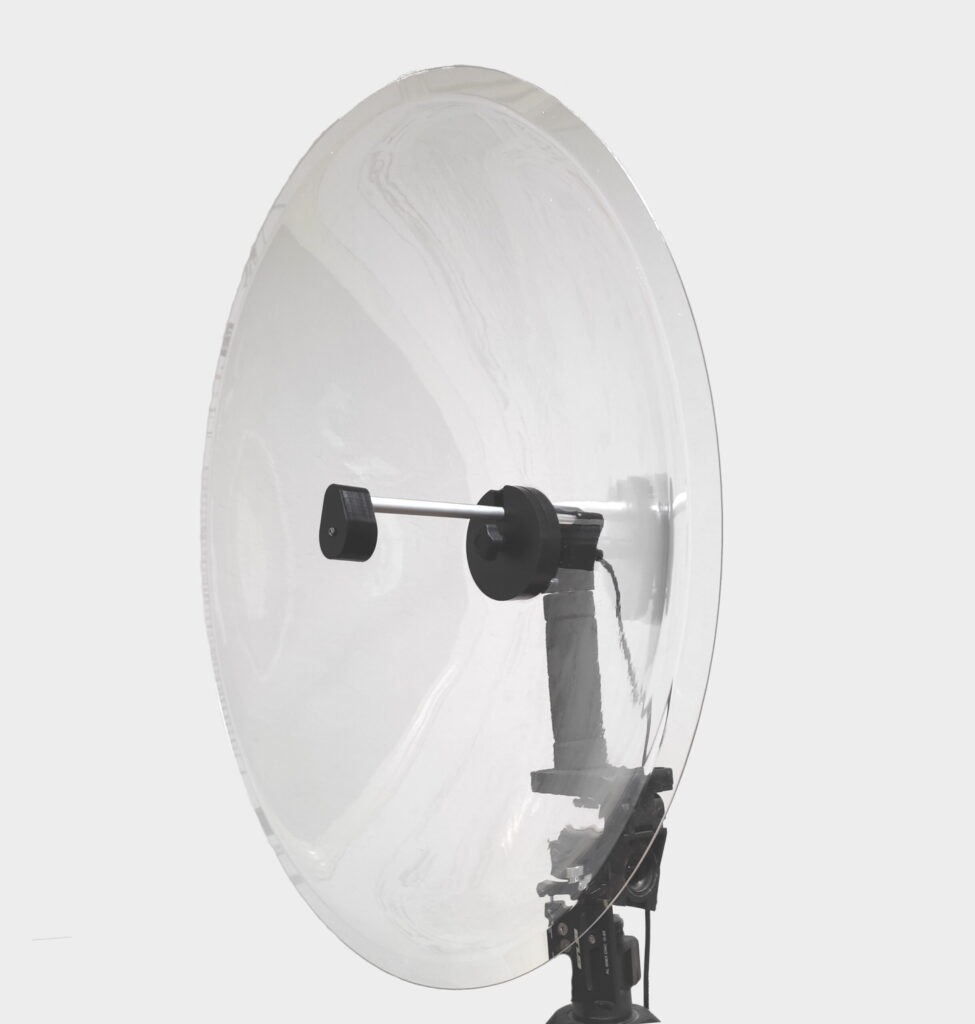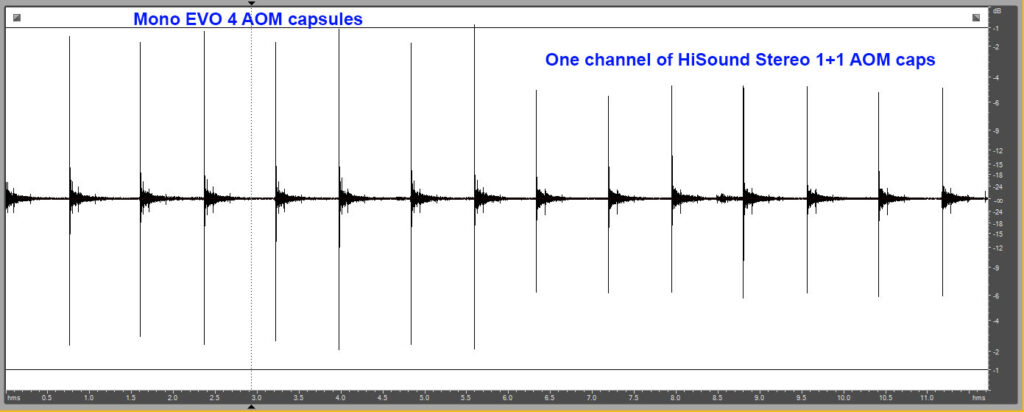DODOTRONIC HISOUND MONO EVO 4 AOM CAPSULES

A few days ago, I received from Ivano Pelicella, owner of Dodotronic, the new HiSound Mono EVO parabolic microphone, equipped with 4 x AOM capsules. I report here my impressions of use, as well as some practical tests carried out both with a metronome comparing this Mono EVO version with the Stereo 1+1 AOM capsules version, and using the Mono EVO live with some target bird species (more a little cricket).

Below are recordings of various species, including Long-tailed Tit, Common Nightingale, Marsh Cricket, Common Pheasant, Blackbird.
I am not a fan of mono type recording, and I love stereo recording, whatever it is. That said, let’s move on to analyze what emerged from the use of this new parabolic microphone.
The first highlight is the gain of 4 dB using the Mono EVO compared to the well-performing HiSound Stereo. This is logical since in the stereo version the signal received by the single side capsule positioned on the baffle disc comes roughly from half a parabolic disc. In the mono version, the signal comes from the whole parabolic dish, so there is a doubling of the signal compared to the version with the stereo separator disc. However, it must be considered that this separator disc also has a signal increase function following the PZM effect (Pressure Zone Microphone).
Therefore, for a use that does not concern the recording of Soundscapes, this Mono EVO version is particularly interesting if you want to make recordings to be used later for some specific study involving sonographic analysis (spectrograms etc.). Furthermore, users interested in so-called NFC (Night Flight Calls) of birds, will certainly benefit of this specific microphone configuration.
In this few days, I tried to make recordings including the widest range of frequencies.
So on Long-tailed Tit (frequencies about 7000 Hz), Common Nightingale (to consider the peaks that can go into distortion, instead they hold perfectly here), Marsh Cricket (about 20 meters away, a very small cricket of 5-7 mm, with frequencies around 6 KHz), flight of Common Pheasant (to stay also in the medium-low frequencies).
Finally the Common Blackbird, a classic test as far as I’m concerned.
I just have to test the Mono EVO dish in the short term on particular small cicadas with an almost ultrasonic call…

Have you any samples of nocmig recordings?
Sorry Gerry for the delay.
No, at now I don’t have any Nocmig files.